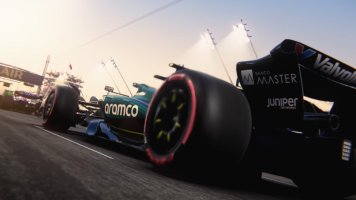RCHeliguy
Premium
This mount easily attaches in the same place as my Virpil flight throttle. I just reverse the side that I bolt from.
It feels pretty good where I have it which is lower and much closer to where an actual Helicopter collective stick tends to come out of the floor next to the seat.
When I plugged it into my computer it was immediately recognized as "Collective". Now I need to configure my Huey in DCS to use it and give it a test run.
I also found out that early May is only going to be the pre-order data for the AH-64 Apache. Still no idea when it will actually be released.

It feels pretty good where I have it which is lower and much closer to where an actual Helicopter collective stick tends to come out of the floor next to the seat.
When I plugged it into my computer it was immediately recognized as "Collective". Now I need to configure my Huey in DCS to use it and give it a test run.
I also found out that early May is only going to be the pre-order data for the AH-64 Apache. Still no idea when it will actually be released.
Last edited:














